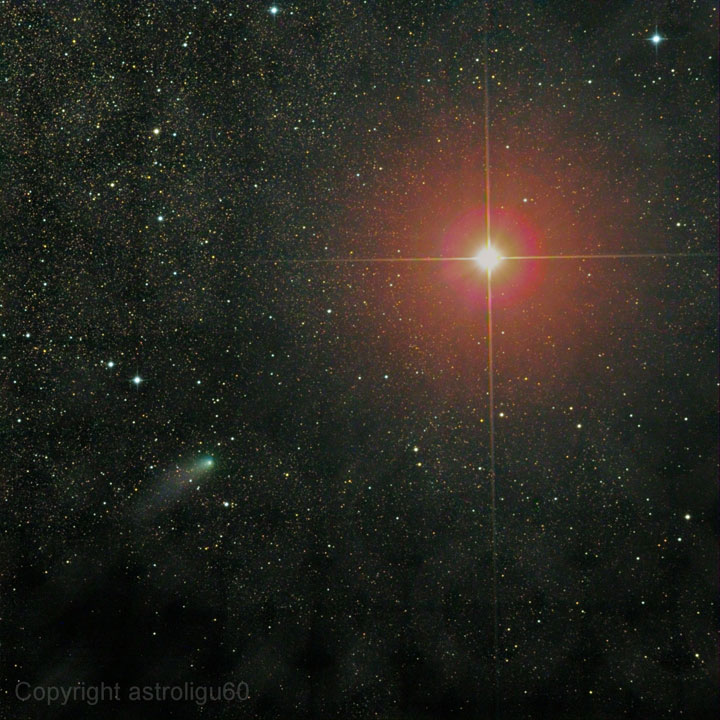Watch the video above: NASA explains just how close Comet Siding Spring came to Mars.

TORONTO – It didn’t collide with Mars as initially anticipated, but Comet Siding Spring still put on a great show.
The comet — officially designated C/2013 A1 — was discovered in January 2013 and astronomers eagerly anticipated its trip by Mars.
It’s believed that this is the first time the comet paid our inner solar system a visit. Data suggest that it originates from the Oort Cloud, a vast collection of icy bodies that surrounds our solar system. Every so often something dislodges one of them and sends them into orbit around the sun.
READ MORE: 5 interesting things about Comet Siding Spring’s close encounter with Mars
As the comet neared Mars, astronomers around the world turned their telescopes toward the red planet.
The comet, when first discovered, was thought to be on a collision course with Mars. As the comet neared, astronomers refined their calculations which placed it a safe distance from the planet. However, it was still a close shave: it passed within 139,000 km, about one-third the distance between Earth and the moon.
Shortly after the flyby, NASA reported that all of its spacecraft — three orbiters and two rovers — were safe and sound.
In orbit around Mars was NASA’s HiRISE spacecraft. It took high resolution images at a distance of 138,000 kilometres.
The rover Opportunity, turned one of its cameras to the sky, capturing a faint fuzz in the sky, likely the comet.
NASA intends to further study the passage of the small comet. In particular, its MAVEN spacecraft — which arrived at the end of September — will study how the Martian atmosphere was affected (if at all) by the particles from the passing body.






Comments